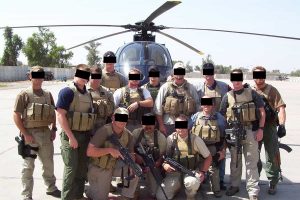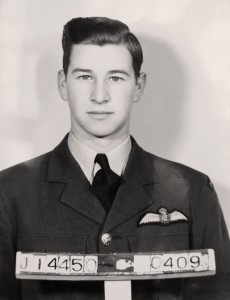Warning: Explicit Language.
It’s not easy to explain what sustained amounts of combat can do to a person — or a unit — but this story published today comes pretty close. It’s a fascinating story of how aggression and violence can become addictive and how it can get to the point where aggression and violence are the only response, no matter what the problem is:
Up ahead, in the stream of black shapes, were the American soldiers I had come to fear. They were men who enjoyed demolishing Afghan houses, men who shot dogs in the face. The pair who had embraced like lovers, one tenderly drawing the blade of his knife along the pale, smooth skin of his friend’s throat. There was a guy who’d let the others tie his legs open and mock-rape him, and there were several men who had boasted of plans to murder their ex-wives and former girlfriends.
We paused in the darkness. A line of Afghan soldiers shuffled past, also nearly blind without night-vision equipment. They moved into position for the coming raid, clumsy as boxcars, trailing their own earthy stink. I thought back to what an American Army sergeant had told me hours earlier.
“This is where I come to do fucked-up things.”
It’s a good story to read if you want to understand a little more about what happened in Panjwai last week.
Advertisement




















